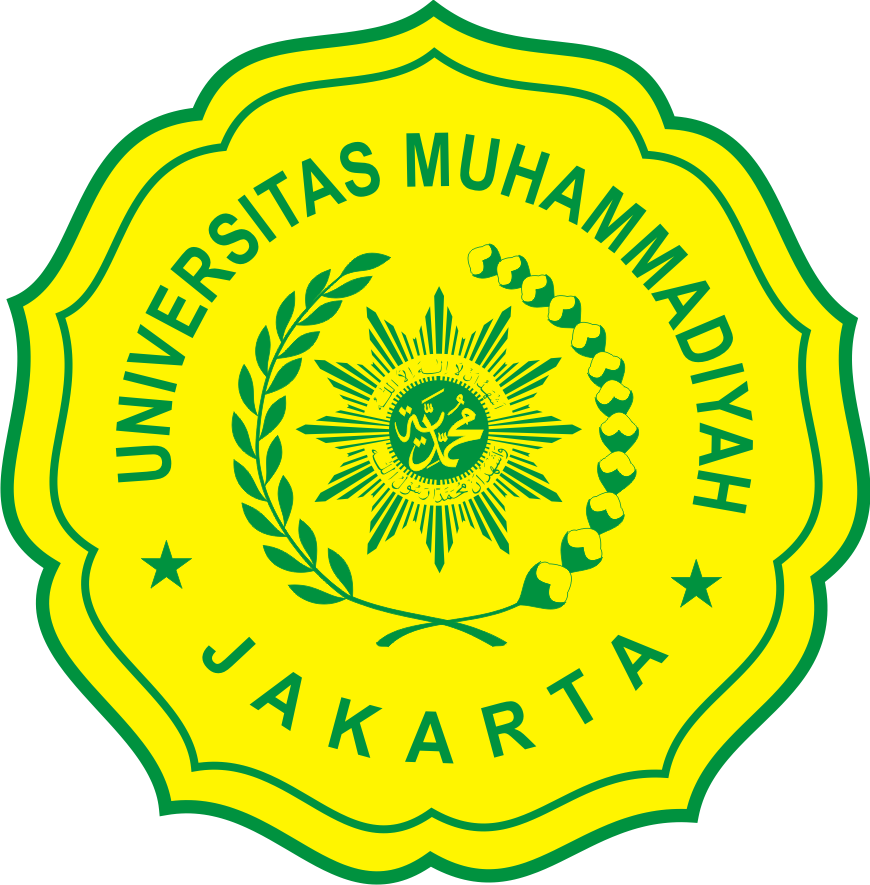THE EFFECT OF SOLUTION HEAT TREATMENT HOLDING TIME VARIATIONS ON THE MECHANICAL PROPERTIES OF ALUMINUM A-6061 BY THE TIG WELDING PROCESS
Abstract
Aluminum and its alloys are metals that are widely used in the engineering field because its have advantages including good formability, relatively high tensile strength, corrosion resistance and a welding process for the joints. General structure, structures that have poor mechanical properties. To overcome this problem, the material that has been welded is heat treated or heat treated according to temperature and time management) which is suitable in addition to good mechanical properties as well as to reduce residual stresses. The purpose of this research is to determine the tensile strength and hardness value of welding joints of Aluminum 6061 with a variation of Holding Time 1, 2, 3 hours in the Solution Heat Treatment process with a temperature of 5000C. The results showed that based on the results of the tensile test, it showed that the holding time affected the value of the tensile strength and strain of the welding joint where the highest tensile test value was at a holding time of 1 hour, while the highest strain value was at a holding time of 2 hours. Then from the hardness test data, it shows that the heating duration or holding time affects the hardness value of the material both in the weld metal, HAZ, and base metal areas. In the weld metal area, the highest hardness value is at a holding time of 3 hours. The HAZ area has the highest hardness value at a holding time of 2 hours, while the base metal region has the highest hardness value at a holding time of 1 hour.
Keywords
Full Text:
PDFReferences
C. Natawiguna, N. Muhayat, and T. Triyono, “Pengaruh Solution Heat Treatment terhadap Sifat Fisis dan Mekanik Proses Pengelasan Fssw AA6063-T5,” Mekanika, vol. 17, no. 1, 2018.
A. K. Singh, V. Dey, and R. N. Rai, “Techniques to improveweld penetration in TIG welding (A review),” Mater. Today Proc., vol. 4, no. 2, pp. 1252–1259, 2017.
N. Jeyaprakash, A. Haile, and M. Arunprasath, “The parameters and equipments used in TIG welding: A review,” Int. J. Eng. Sci., vol. 4, no. 2, pp. 11–20, 2015.
A. Naafila, A. Purnowidodo, and P. H. Setyarini, “Pengaruh Waktu Solution Treatment Terhadap Kekuatan Tarik Aluminium Paduan AA 7075-T6,” Pros. SENIATI, pp. 215–220, 2019.
A. Randhiko, G. D. Haryadi, and Y. Umardani, “Pengaruh Post Weld Heat Treatment (Pwht) T6 Pada Aluminium Alloy 6061-O Dan Pengelasan Longitudinal Tungsten Inert Gas Terhadap Sifat Mekanik Dan Struktur Mikro,” J. Tek. Mesin, vol. 2, no. 3, pp. 167–174, 2014.
L. Andewi, “PENGARUH VARIASI ARUS PADA HASIL PENGELASAN TIG (TUNGSTEN INERT GAS) TERHADAP SIFAT FISIS DAN MEKANIS PADA ALUMUNIUM 6061,” 2016.
A. Supandi, “Pengujian Kekuatan Mekanik Hasil Sambungan Las Aluminium 5083 Dengan Metode Las Gtaw (Gas Tungsten Arc Welding),” Apr. 2019.
G. D. Haryadi and H. K. Kustomo, “PENGARUH PENGELASAN TIG FILLER ER 4043 DAN POST-WELD HEAT TREATMENT ALUMINIUM PADUAN TERHADAP SIFAT MEKANIK DAN STRUKTUR MIKRO,” ROTASI, vol. 17, no. 4, p. 189, Oct. 2015, doi: 10.14710/rotasi.17.4.189-196.
D. Maisonnette, M. Suery, D. Nelias, P. Chaudet, and T. Epicier, “Effects of heat treatments on the microstructure and mechanical properties of a 6061 aluminium alloy,” Mater. Sci. Eng. A, vol. 528, no. 6, pp. 2718–2724, 2011.
A. Sastranegara, “Mengenal Uji Tarik dan Sifat-sifat Mekanik Logam,” Situs Inf. Mek. Mater. dan manufaktur, 2009.
N. H. Sari, Material teknik. Deepublish, 2018.
DOI: https://doi.org/10.24853/sintek.15.1.36-42
Refbacks
- There are currently no refbacks.
Copyright (c) 2021 SINTEK JURNAL: Jurnal Ilmiah Teknik Mesin













